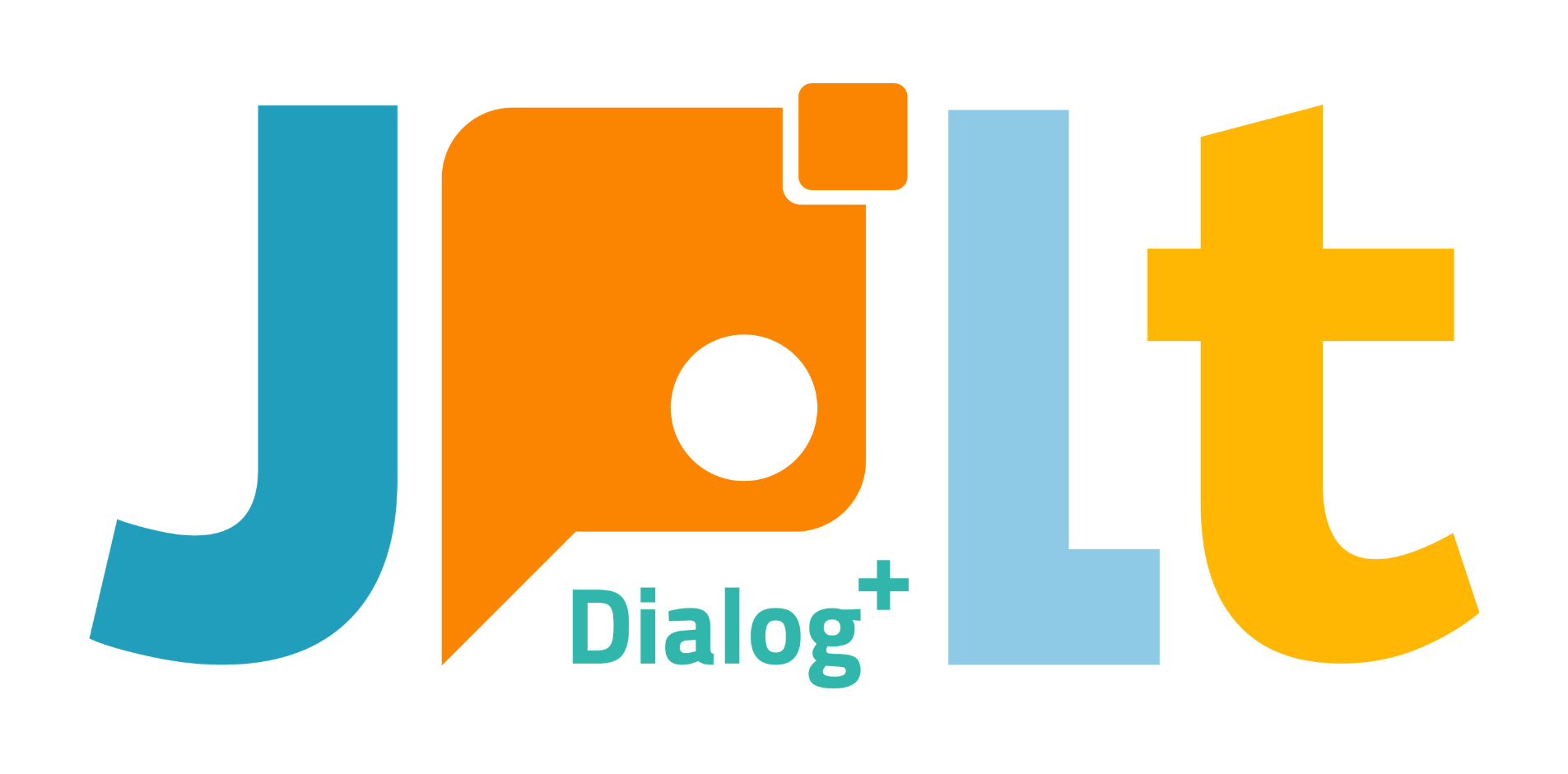The Difference Between “行くなら” (Iku nara) and “行くのなら” (Iku no nara)
“Should I use ‘行くなら’ (Iku nara) or ‘行くのなら’ (Iku no nara)? Aren’t they the same in meaning?”
“What’s the difference between ‘映画に行くなら、ポップコーンも買ってきて’ (Eiga ni iku nara, poppukōn mo katte kite) and ‘映画に行くのなら、ポップコーンも買ってきて’ (Eiga ni iku no nara, poppukōn mo katte kite)? Aren’t both asking to buy popcorn if going to the movies?”
“Which is correct: ‘この植物は1年ごとに花を咲かせる’ (Kono shokubutsu wa ichi-nen goto ni hana o sakaseru) or ‘この植物は1年おきに花を咲かせる’ (Kono shokubutsu wa ichi-nen oki ni hana o sakaseru)?”
The phrases “行くなら” (Iku nara) and “行くのなら” (Iku no nara) are similar but have subtle differences. These terms can be confusing, especially for early-stage Japanese learners.
In this article, Eri-san from JPLT Online Japanese Language School explains the differences between these terms with clear examples.
Why Are “行くなら” (Iku nara) and “行くのなら” (Iku no nara) Often Confused?
There are a few reasons why learners might mix up “行くなら” (Iku nara) and “行くのなら” (Iku no nara):
- Similar Meanings: Both include the verb “行く” (Iku, meaning “to go”) and the conditional “なら” (Nara, meaning “if”), which can make them seem interchangeable.
- Spoken vs. Written Language: Depending on the context, one might sound more natural than the other.
- Context-Dependent Usage: The appropriate term can depend on the surrounding words and context.
Detailed Explanation of the Differences Between “行くなら” (Iku nara) and “行くのなら” (Iku no nara)
行くなら (Iku nara):
- Indicates a condition.
This phrase means “if you go” and is used to express an action that will follow if a certain condition is met.
Example: “雨が降るなら、出かけない” (Ame ga furu nara, dekakenai)
Translation: “If it rains, I won’t go out.”
行くのなら (Iku no nara):
- Indicates confirmation or suggestion.
This phrase is used to confirm someone’s intention or suggest something if they are going.
Example: “映画に行くのなら、一緒にどう?” (Eiga ni iku no nara, issho ni dō?)
Translation: “If you are going to the movies, how about going together?”
Comparison with Examples
| Term | Example | Nuance |
|---|---|---|
| 行くなら | 明日、時間が空いているなら、一緒に買い物に行こう。 (Ashita, jikan ga aite iru nara, issho ni kaimono ni ikō.) | Suggesting going shopping together if there is time available |
| 行くのなら | 映画に行くのなら、ポップコーンも買ってきて。(Eiga ni iku no nara, poppukōn mo katte kite.) | Asking to buy popcorn if they are going to the movies |
| 行くなら | 天気がよければ、公園に行こう。(Tenki ga yokereba, kōen ni ikō.) | Suggesting going to the park if the weather is good |
| 行くのなら | 旅行に行くのなら、事前に予約した方がいいよ。(Ryokō ni iku no nara, jizen ni yoyaku shita hō ga ii yo.) | Advising to make a reservation if they are planning to travel |
Summary: The Difference Between “行くなら” (Iku nara) and “行くのなら” (Iku no nara)
While both “行くなら” (Iku nara) and “行くのなら” (Iku no nara) involve the action of going and the conditional “なら” (Nara), they have slightly different meanings:
- 行くなら (Iku nara): Indicates a condition.
- 行くのなら (Iku no nara): Indicates confirmation or suggestion.
Understanding these differences will help you speak more naturally in Japanese. If you want to make your Japanese learning more enjoyable and efficient, we highly recommend JPLT Online Japanese School. At JPLT, learners from around the world can take one-on-one or group lessons with native teachers. With a variety of courses, including preparation for the Japanese Language Proficiency Test (JLPT) and daily conversation practice, you can tailor your learning to your level and goals.




